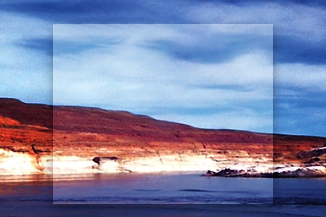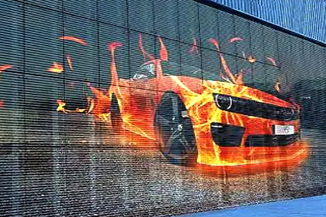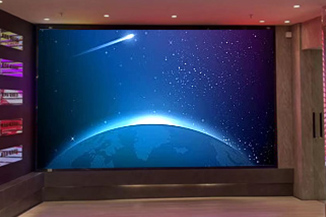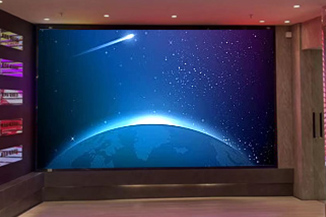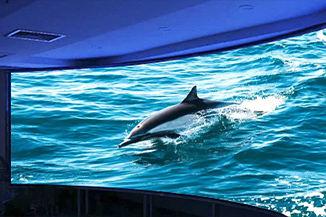Publisher: Supplier of LED Display Time: 2022-09-22 17:24 Views: 1289
In large-scale performances, cultural evenings, star concerts, and events, we can all see a variety of stage rental LED displays. So what is a stage rental LED display? What problems should we pay attention to when choosing a stage rental LED display? Below, I will answer these questions for you.
1. The stage rental LED display is actually an LED display applied to the stage background. The biggest feature of this display is that it can provide a rich performance stage background, perfectly combining the realistic picture with the shocking music effect. It creates a grand and modern spectacular scene; it can also play a large and clear live game screen, which can give people an immersive feeling and subvert the traditional visual experience.
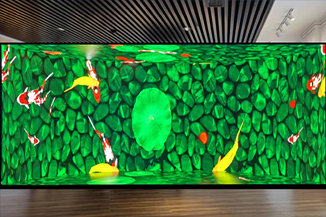
2. The stage LED display screen is composed of the main stage screen, the secondary screen, and the expansion screen. The main screen is used for live broadcast and wonderful playback. Generally, a high-definition rectangular LED display is selected, and the dot pitch is generally within P6. The larger the area, the better, so that the scene on the stage can be smoothly displayed in front of the audience. There will be several secondary screens on both sides of the main screen. The secondary screens can choose creative LED displays with special shapes, such as S-shaped curved screens, LED flexible screens, LED cylindrical screens and other special-shaped screens. If the budget is limited, the side screen can also choose to use a lower-cost strip screen. The stage video expansion screen is generally used for extra-large stages, concerts, etc., taking care of the audience in the back row, so that all audiences can clearly see everything on the stage.
3. In addition to the selection of the screen body, the stage LED display also needs to choose a suitable control system. Under normal circumstances, the stage LED display has a relatively large area and high pixels, which requires a high number of points for sending cassettes, and sometimes requires multiple control cards for cascading splicing control. If the display effect is better, we usually need to use a video processor, so that the video can be spliced and cut to achieve multi-window, picture-in-picture, strong scalability, and the video effect is more delicate and smooth.
Fourth, due to the particularity of the stage LED display, a standardized box structure is generally adopted, which is easy to disassemble, light in weight and convenient for transportation. The box is light and thin, can be quickly installed, dismantled and transported, and is suitable for large-area rental and fixed installation applications.
